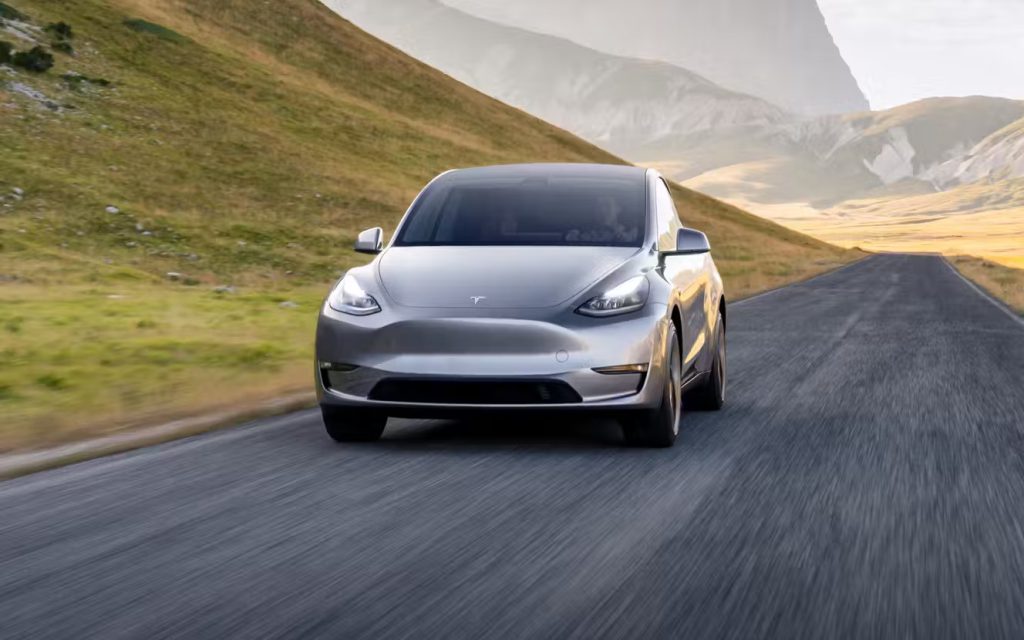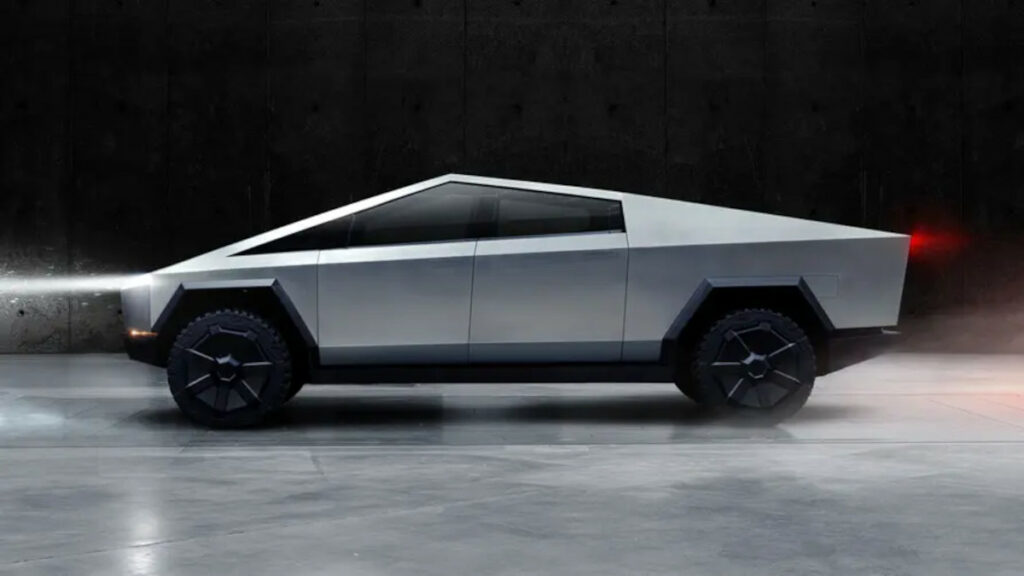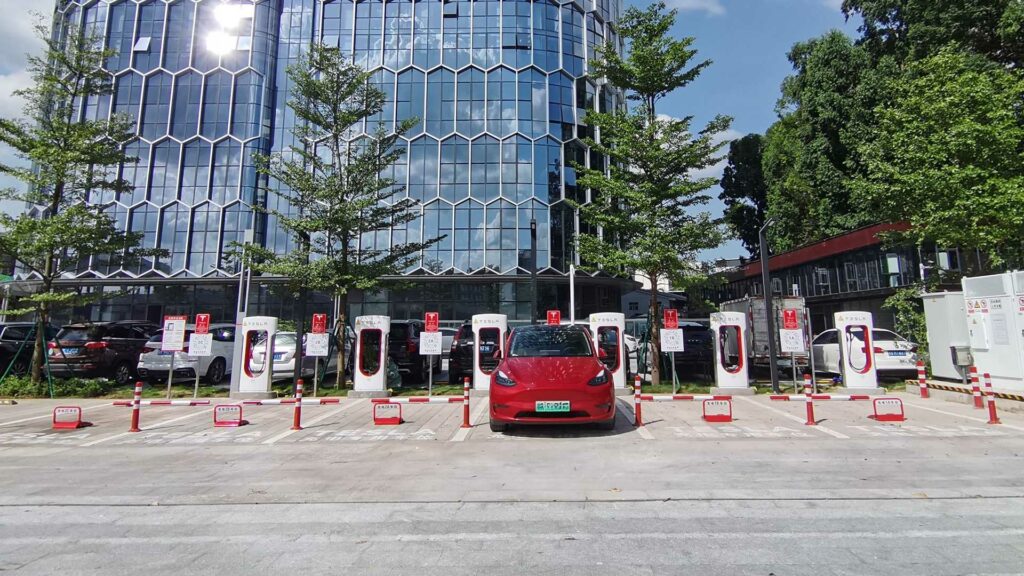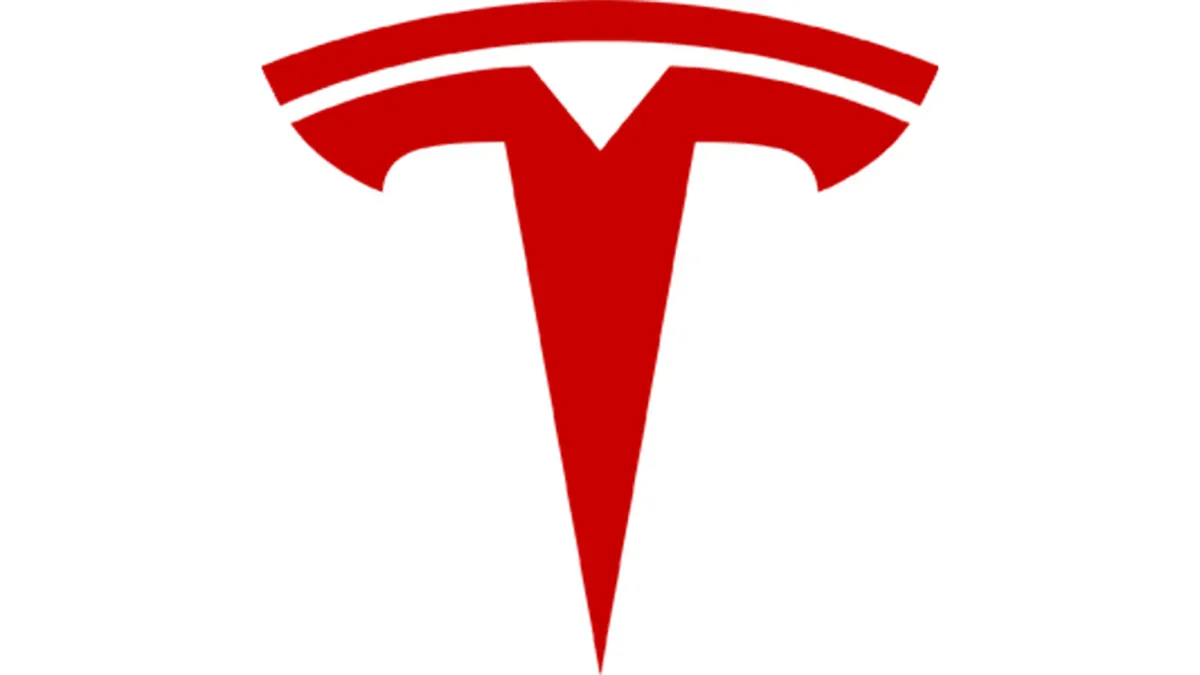A Mixed Bag of Results
Tesla, the world’s leading electric vehicle (EV) manufacturer, recently released its financial data for the second quarter, offering a mixed bag of results.
The company reported a modest increase in revenue but fell short in profit margins as car sales dipped during the quarter.
This unexpected turn of events has sparked a wave of analysis and speculation among industry experts and investors alike.
Revenue Growth Amidst Declining Auto Sales
Tesla’s revenue saw a 2% rise, reaching $25.50 billion compared to $24.93 billion a year earlier. This growth surpassed analysts’ expectations of $24.77 billion, providing a glimmer of hope in an otherwise challenging quarter.
However, the core automotive sector, which is Tesla’s primary revenue driver, experienced a significant downturn.
Auto sales fell by 7%, dropping to $19.9 billion from $21.27 billion in the same period last year.
This decline marks a concerning trend, particularly given Tesla’s reliance on its vehicle sales to sustain overall growth.

The Impact of Deliveries on Financial Performance
Earlier this month, Tesla had reported better-than-expected deliveries for the second quarter. Despite this positive news, deliveries were still down from a year earlier for the second consecutive period.
This decline in deliveries, a critical metric for Tesla’s performance, has undoubtedly impacted the company’s financial results. The reasons behind this drop could be multifaceted, including potential supply chain disruptions, production challenges, or shifts in consumer demand.
Earnings Miss Analysts’ Expectations
One of the most striking aspects of Tesla’s Q2 report is the adjusted earnings. The company reported earnings of 52 cents per share, falling short of the 62 cents per share that analysts had anticipated.
This shortfall in earnings highlights the pressures Tesla is facing, both in terms of operational costs and market conditions. The net income saw a sharp decline of 45%, plummeting to $1.48 billion, or 42 cents per share, from $2.7 billion, or 78 cents per share, a year earlier.
The significant drop underscores the challenges Tesla is encountering in maintaining profitability amid fluctuating sales and increasing costs.

The Silver Lining: Energy Generation and Storage
Despite the hurdles in its automotive division, Tesla’s energy generation and storage business provided a notable highlight.
Revenue from this segment, which includes the sale and installation of large backup batteries for homes, commercial, and utility use, nearly doubled from the same quarter a year earlier, exceeding $3 billion.
This impressive growth in the energy sector underscores Tesla’s potential to diversify its revenue streams and reduce its dependency on vehicle sales.
Future Outlook: A Cautious Stance
Looking ahead, Tesla has reiterated a cautious outlook, indicating a “significantly lower” growth rate for 2024.
This conservative forecast reflects the myriad challenges the company is navigating, from economic uncertainties and competitive pressures to potential regulatory hurdles.
Tesla’s ability to adapt and innovate will be critical as it seeks to sustain its growth trajectory and maintain its leadership position in the EV market.

Navigating Supply Chain Challenges
Tesla, like many other automakers, has faced significant supply chain disruptions over the past year. These challenges have impacted production schedules, delivery timelines, and ultimately, sales figures.
The global semiconductor shortage, logistics bottlenecks, and raw material price volatility have all contributed to a challenging operating environment.
Tesla’s management has been proactive in addressing these issues, seeking alternative suppliers, investing in vertical integration, and optimizing production processes. However, the lingering effects of these disruptions are evident in the company’s financial performance.
Competitive Landscape and Market Dynamics
The EV market is becoming increasingly competitive, with numerous players entering the space. Established automakers like Ford, General Motors, and Volkswagen are ramping up their EV offerings, while new entrants like Rivian and Lucid Motors are also making waves.
This heightened competition is putting pressure on Tesla to continuously innovate and improve its product lineup. Additionally, market dynamics such as shifting consumer preferences, evolving regulatory landscapes, and economic fluctuations are influencing Tesla’s strategic decisions.

Strategic Initiatives and Innovations
Despite the challenges, Tesla continues to invest in strategic initiatives and innovations. The company’s focus on advancing its autonomous driving technology, expanding its gigafactories, and enhancing its battery technology are key areas of investment.
Tesla’s Full Self-Driving (FSD) software, although facing regulatory scrutiny and technical hurdles, remains a significant growth driver.
The expansion of gigafactories in Texas, Berlin, and Shanghai aims to increase production capacity and reduce logistical costs.
Furthermore, advancements in battery technology, including the development of the 4680 battery cell, are expected to enhance vehicle performance and cost-efficiency.
Sustainability and Environmental Impact
Tesla’s commitment to sustainability extends beyond its electric vehicles. The company’s energy generation and storage solutions play a vital role in promoting renewable energy adoption and reducing carbon footprints.
Tesla’s solar products, Powerwall, Powerpack, and Megapack, are designed to store and manage renewable energy efficiently.
These solutions are gaining traction among residential, commercial, and utility customers, contributing to a greener and more sustainable energy ecosystem.
Customer Experience and Brand Loyalty
Tesla’s brand loyalty and customer experience are critical components of its success.
The company’s direct-to-consumer sales model, robust online presence, and innovative service approach differentiate it from traditional automakers.
Tesla’s Supercharger network, which provides fast and convenient charging solutions, enhances the overall ownership experience.
Additionally, the company’s over-the-air software updates ensure that vehicles remain up-to-date with the latest features and improvements, fostering long-term customer satisfaction and loyalty.

Financial Health and Investment Potential
Tesla’s financial health and investment potential continue to attract attention from investors and analysts. Despite the recent dip in profitability, the company’s strong revenue growth, diversified business segments, and strategic initiatives position it for long-term success.
Tesla’s ability to generate cash flow, manage debt, and invest in innovation are key indicators of its financial stability.
As the EV market expands and Tesla explores new opportunities, the company’s stock remains a focal point for investors seeking exposure to the burgeoning electric mobility sector.
Conclusion: A Balancing Act
Tesla’s Q2 financial performance underscores the balancing act the company faces between growth and profitability. While the revenue increase and energy sector growth are positive signs, the decline in auto sales and earnings miss highlight the challenges ahead.
Tesla’s ability to navigate supply chain disruptions, address competitive pressures, and execute its strategic initiatives will be crucial in shaping its future trajectory.
As the EV landscape evolves, Tesla’s resilience, innovation, and commitment to sustainability will be key drivers of its continued success.
The Road Ahead: Strategic Priorities
Moving forward, Tesla’s strategic priorities will focus on several key areas:
- Expanding Production Capacity: With new gigafactories coming online, Tesla aims to boost production capacity to meet growing demand. This expansion will also help mitigate supply chain risks and optimize logistics.
- Advancing Autonomous Driving: Tesla will continue to invest in its autonomous driving technology, striving to overcome regulatory challenges and enhance the safety and reliability of its Full Self-Driving (FSD) software.
- Enhancing Battery Technology: The development of the 4680 battery cell and other advancements in battery technology will be critical in improving vehicle performance, extending range, and reducing costs.
- Growing Energy Solutions: Tesla’s energy generation and storage business will play a vital role in promoting renewable energy adoption. Expanding the reach of products like Powerwall, Powerpack, and Megapack will contribute to a sustainable energy future.
- Improving Customer Experience: Tesla will focus on enhancing the customer experience through its direct-to-consumer sales model, Supercharger network, and over-the-air software updates. Ensuring high levels of customer satisfaction and loyalty will remain a top priority.
Conclusion: Navigating Uncertainty with Innovation
Tesla’s journey in the second quarter of 2024 reflects the broader challenges and opportunities facing the electric vehicle industry.
While the company navigates supply chain disruptions and competitive pressures, its commitment to innovation, sustainability, and customer satisfaction remains steadfast.
Tesla’s ability to adapt to changing market dynamics, invest in strategic initiatives, and maintain financial health will be key determinants of its future success. As the road ahead unfolds, Tesla’s resilience and visionary approach will continue to shape the future of electric mobility.


































